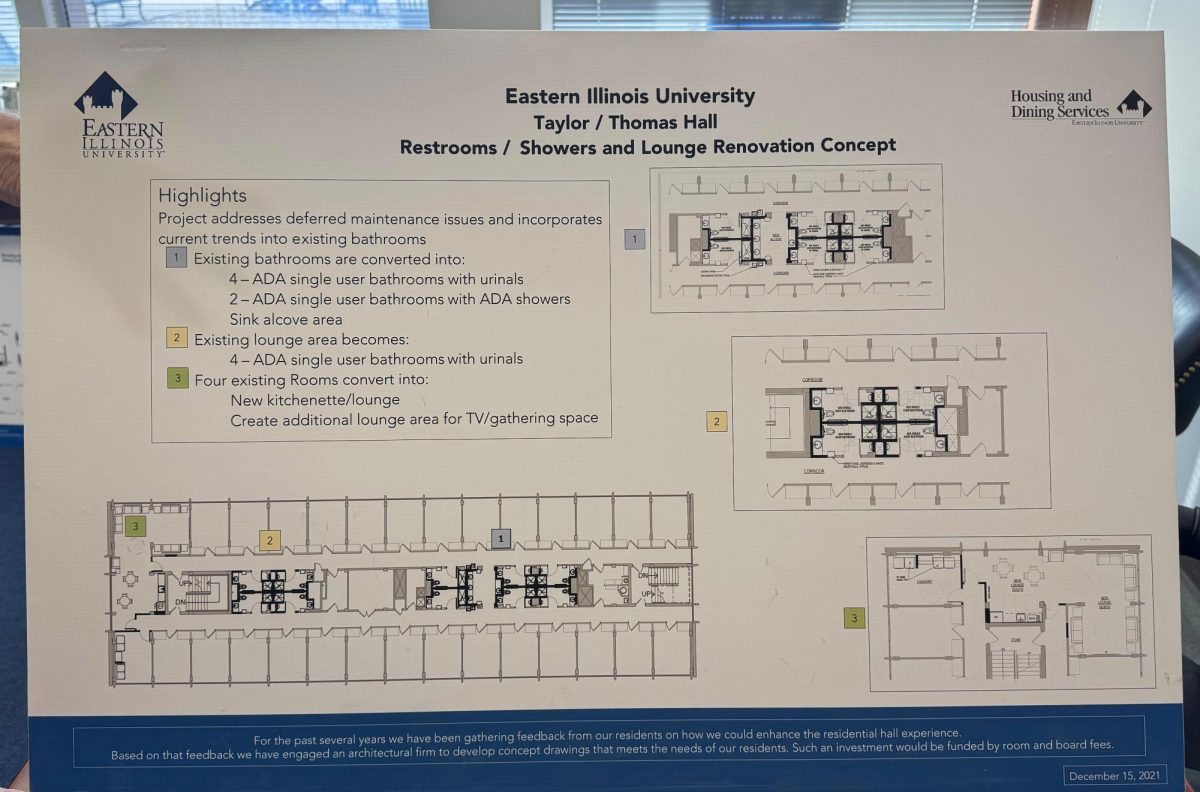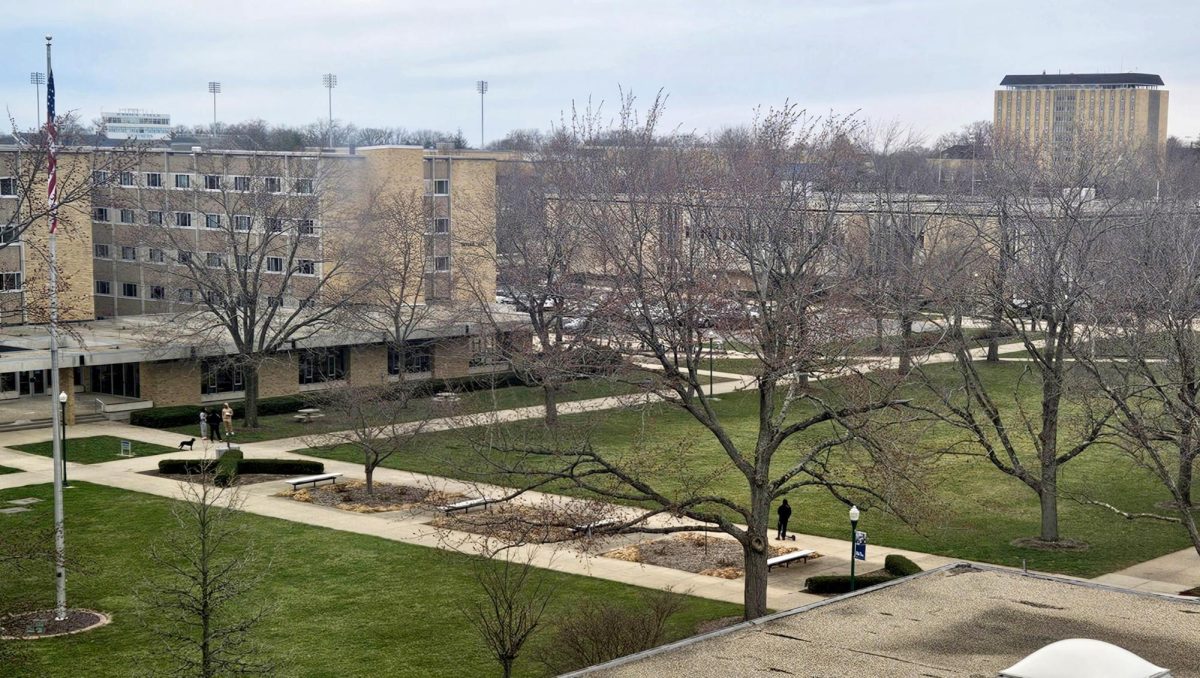EIU president Jay Gatrell held a meeting Friday presenting data concerning enrollment and finances about the university.
The last 15 fiscal years have seen a decline in total enrollment. For example, in fiscal year 2010 the enrollment was around 12,000, and in fiscal year 2025 the enrollment was a little over 8,000.
Eastern is a regional public comprehensive institution, Gatrell said, which means it faces problems like being in a declining region.
The enrollment has remained in a range of a few hundred students since the 2021 fiscal year. Last fall, there were 363 less students than the fall before.
“It’s been the curve following the impasse and now we’re sort of stable,” Gatrell said.
The amount of credit hours student are taking here has gone down since the 2010 fiscal year.
“Not only do we see fewer students necessarily enrolling, we also see students enrolling in fewer credit hours,” Gatrell said. “What that means is universities are losing a portion of their revenue for each student.”
The average EIU student comes to the university with 16 credit hours, he said.
This rise of pre-college credits hours has led to the discount rate rise to around 35% in the 2024 fiscal year and average net tuition revenue for students to remain around 20% even though the undergraduate tuition has continued to rise year after year.
International students face barriers like visa denial which affect them going to EIU, thus causing the decrease in numbers, according to Gatrell.
“We had a record number of admits and applications,” Gatrell said. “We had every reason to think it was going to be a great year and then we found out students couldn’t get appointments to the consulates.”
Gatrell presented three projected scenarios concerning enrollment which are used to plan and discuss budget: a flat rate, a 2% decline and a 5% decline.
“The most optimistic scenario is scenario one [a flat rate],” Gatrell said. “I think given what we know now that’s a result of the impact of international student enrollment and declines scenario three is probably more realistic.”
In the 2025 fiscal year, the revenue and expenses are around the same at $95 million.
Scenario three, a 5% decline, sees expenses rise above revenue starting in the 2026 fiscal year and increase to over $100 million by 2030.
Gatrell also noted majors at EIU have more classes than other universities.
“Across the floor, we were always somewhere between one and three classes heavier than peer institutions,” Gatrell said.
This causes classes with low number of students and a barrier for graduation, according to Gatrell who suggested looking into the credit hours and classes of a major to see what can be changed to be more flexible.
Gatrell also highlighted the administrative cost as being unsustainable.
“Are there ways in other disciplines in the social sciences or humanities to derive similar opportunities to reduce administrative cost and more importantly create new opportunities for program and enrollment growth?” Gatrell said.
He noted that 38% of department chairs oversee eight or fewer Unit-A (a tenured/tenure-track employees) and Unit-B (non a tenured/tenure-track employees) faculty members. Gatrell suggested combining departments to lower this, but he did not name any specific ones.
Gatrell restated his stance on the Dear Colleague Letter sent by the Department of Education’s Office for Civil Rights to education intuitions that receive federal funding.
“My commitment is to make sure that we preserve academic freedom and that we continue to do the important work that makes sure that every student and colleague knows and feels welcome and has the support to be successful and thrive,” Gatrell said.
The Dear Colleague Letter calls for the removal of diversity, equity and inclusion policies in the name of ending discrimination.
He also highlighted Provost Ryan Hendrickson who is becoming the president of St. Francis University.
“It’s a huge loss for us,” Gatrell said. “I congratulate him, a wonderful colleague.”
Jason Coulombe can be reached at 581-2812 or at jmcoulombe@eiu.edu.









![[Thumbnail Edition] Charleston High School sophomore Railyn Cox pitches the ball during Charleston's 8-7 win over Flora High School on Monday, March 31.](https://www.dailyeasternnews.com/wp-content/uploads/2025/04/SBHS_01_O-1-e1743982413843-1200x1023.jpg)
![[Thumbnail Edition] Eastern Illinois softball senior infielder Briana Gonzalez resetting in the batter's box after a pitch at Williams Field during Eastern’s first game against Southeast Missouri State as Eastern split the games as Eastern lost the first game 3-0 and won the second 8-5 on March 28.](https://www.dailyeasternnews.com/wp-content/uploads/2025/04/SBSEMO_11_O-1-e1743993806746-1200x692.jpg)



![[Thumbnail Edition] Senior Foward Macy McGlone, getsw the ball and gets the point during the first half of the game aginst Western Illinois University,, Eastern Illinois University Lost to Western Illinois University Thursday March 6 20205, 78-75 EIU lost making it the end of their season](https://www.dailyeasternnews.com/wp-content/uploads/2025/03/WBB_OVC_03_O-1-e1743361637111-1200x614.jpg)

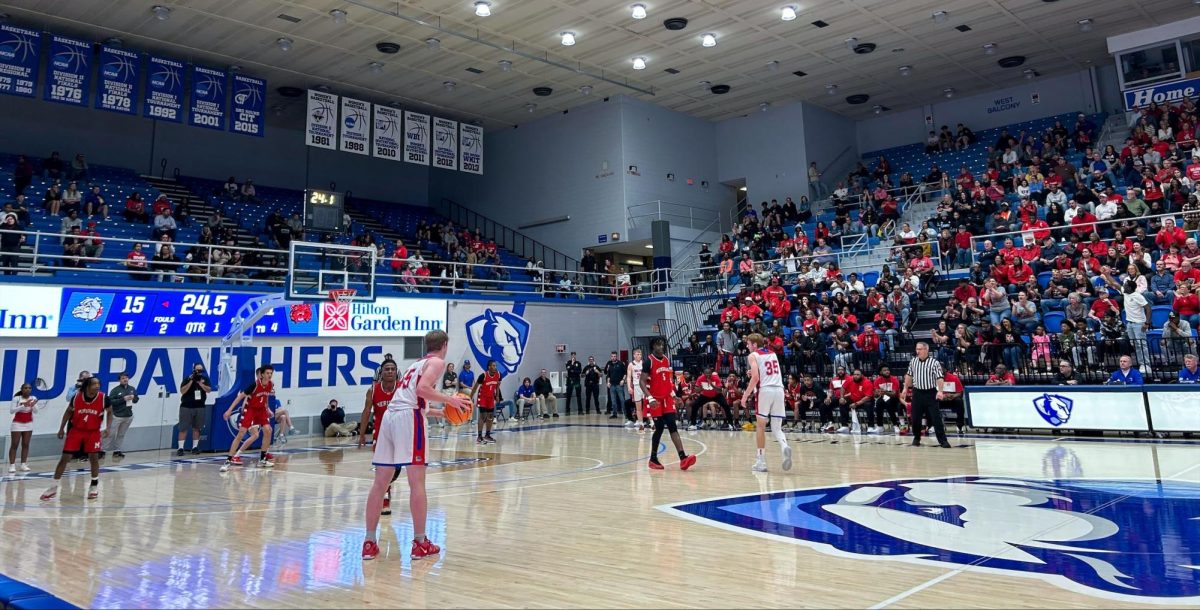

















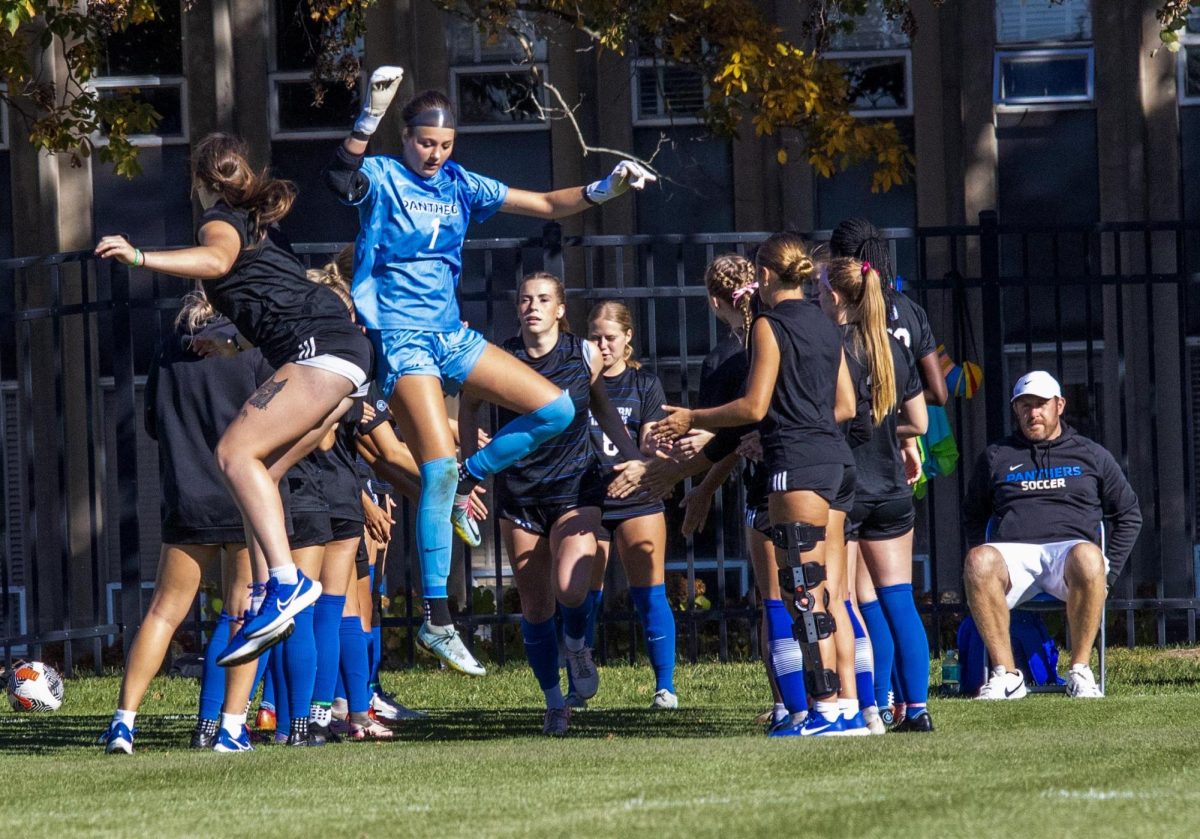




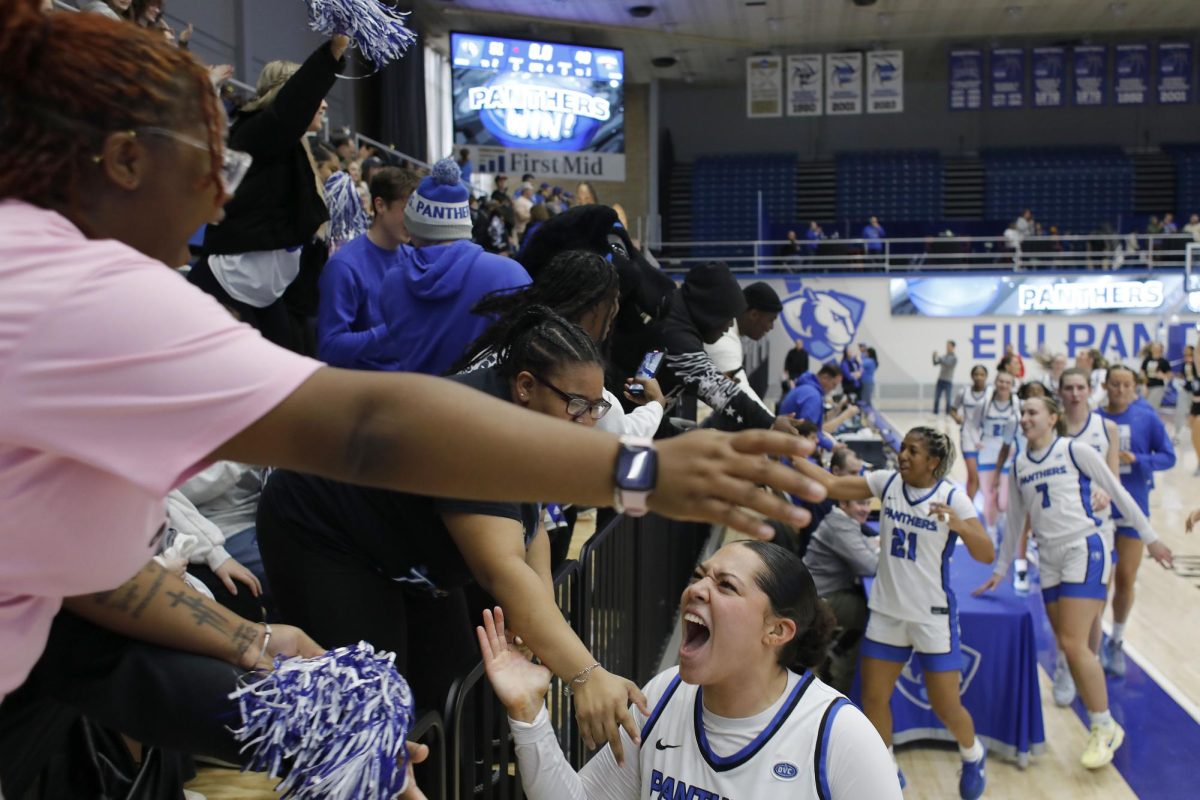

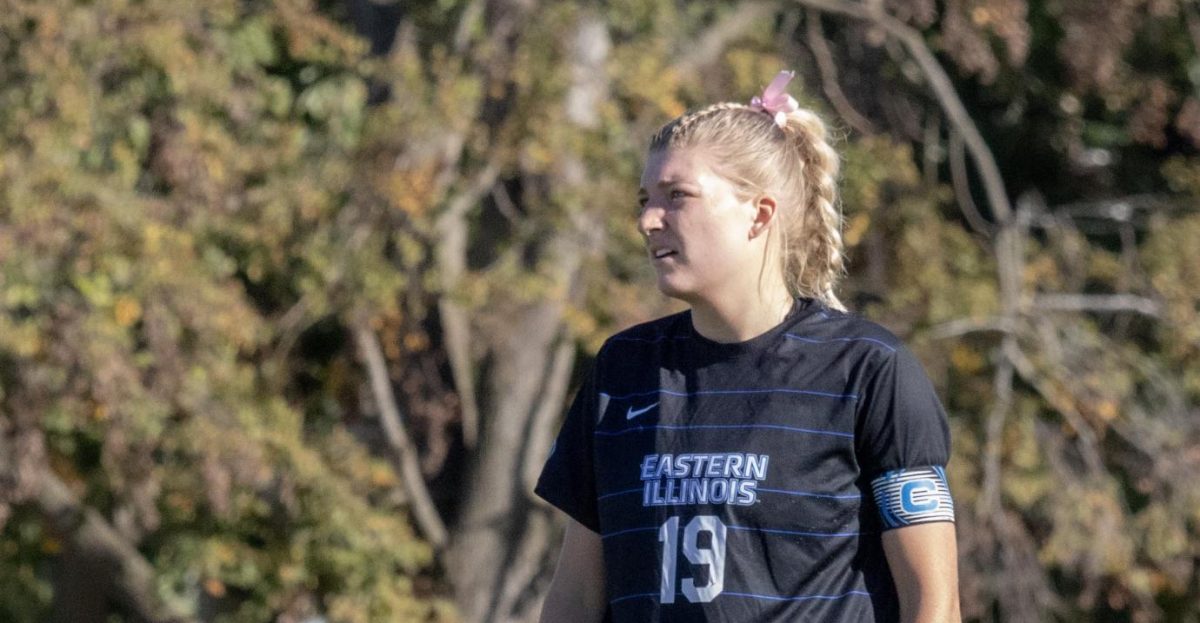


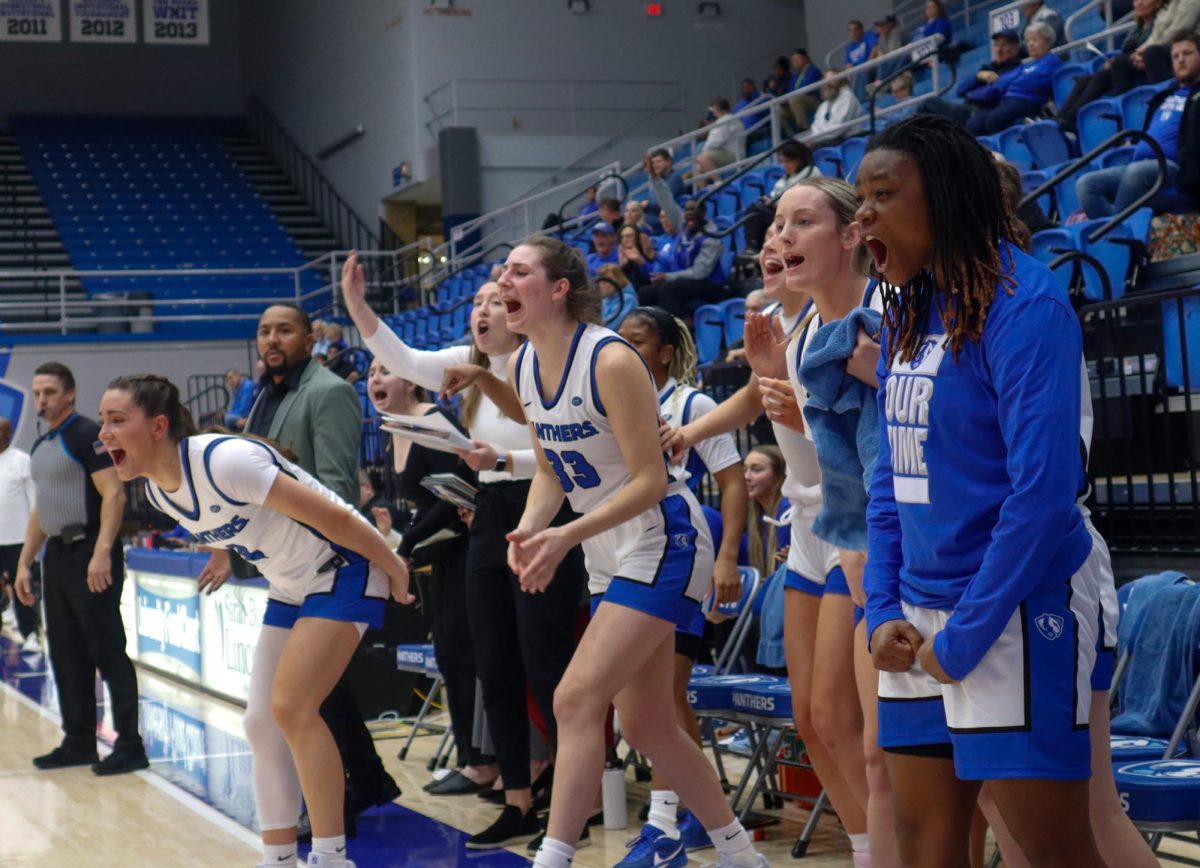

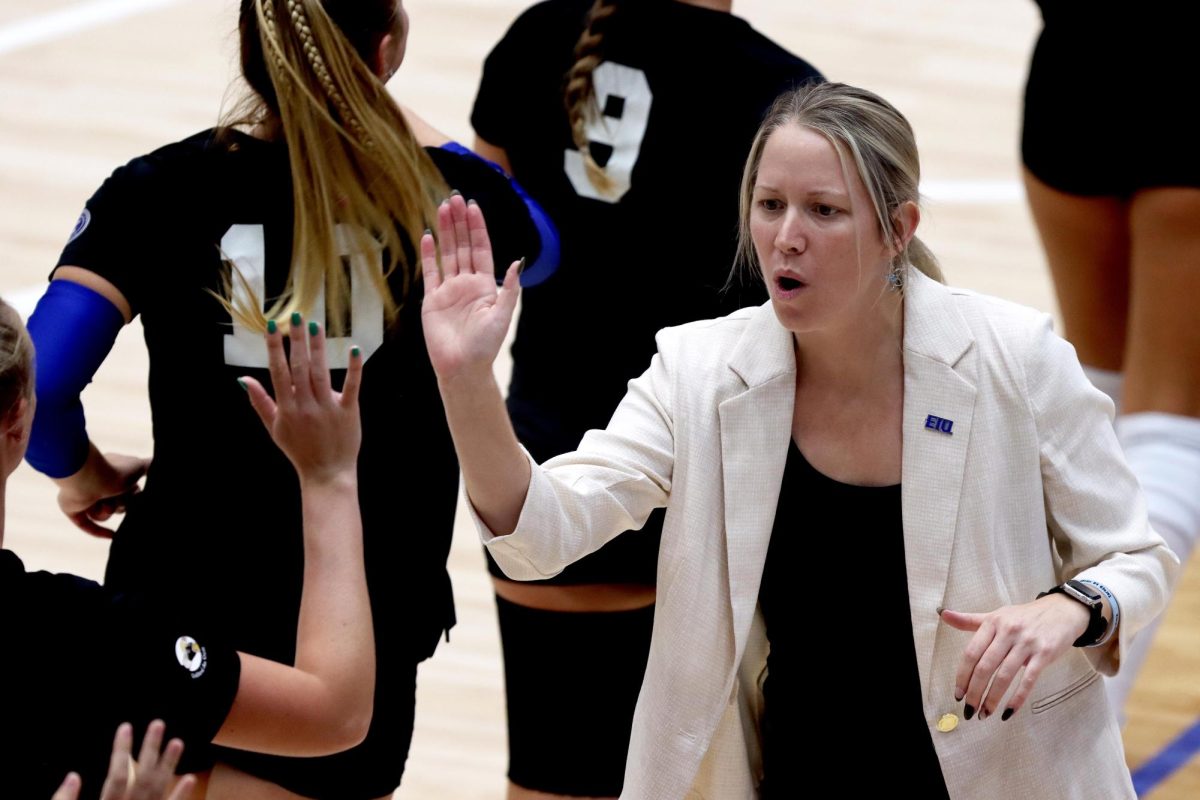
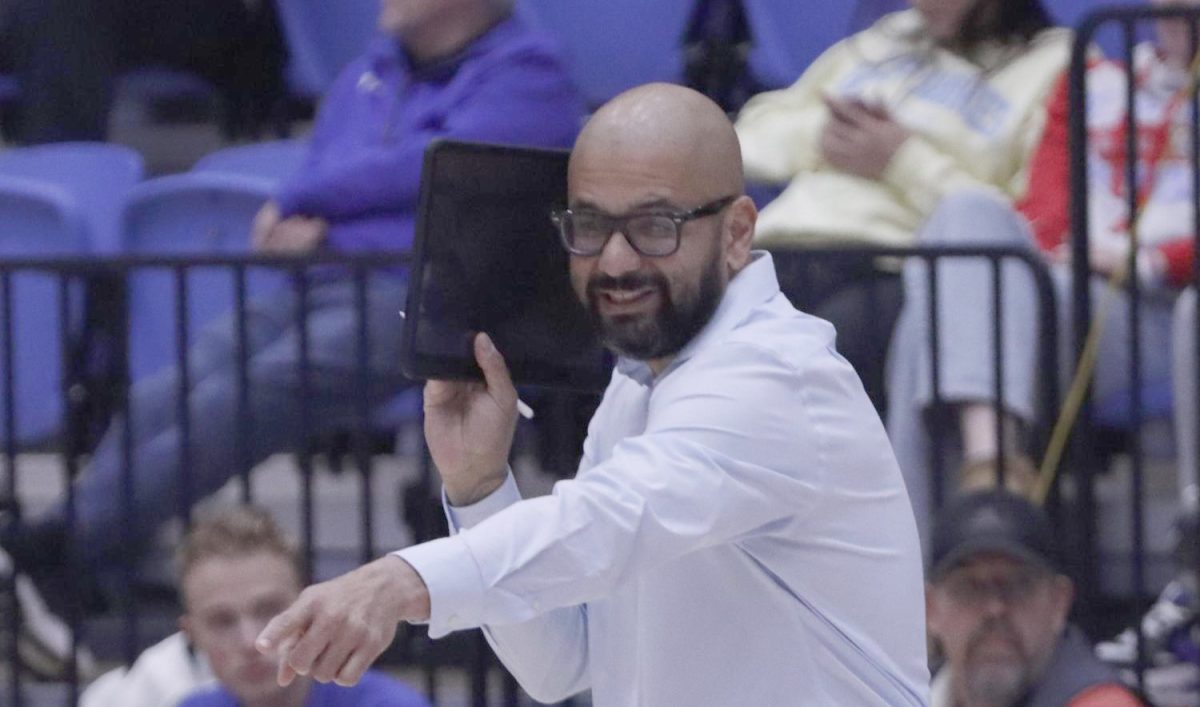
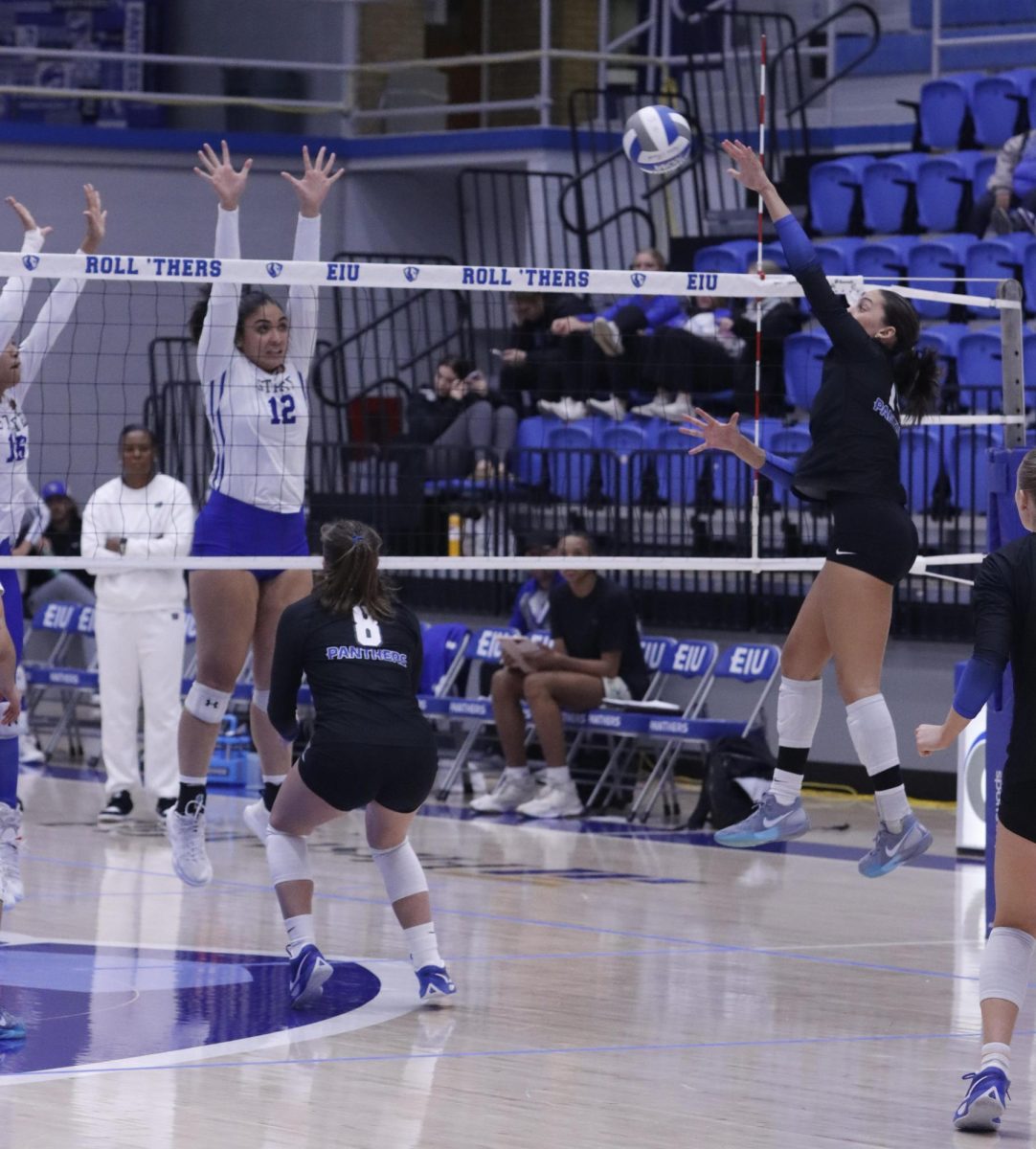




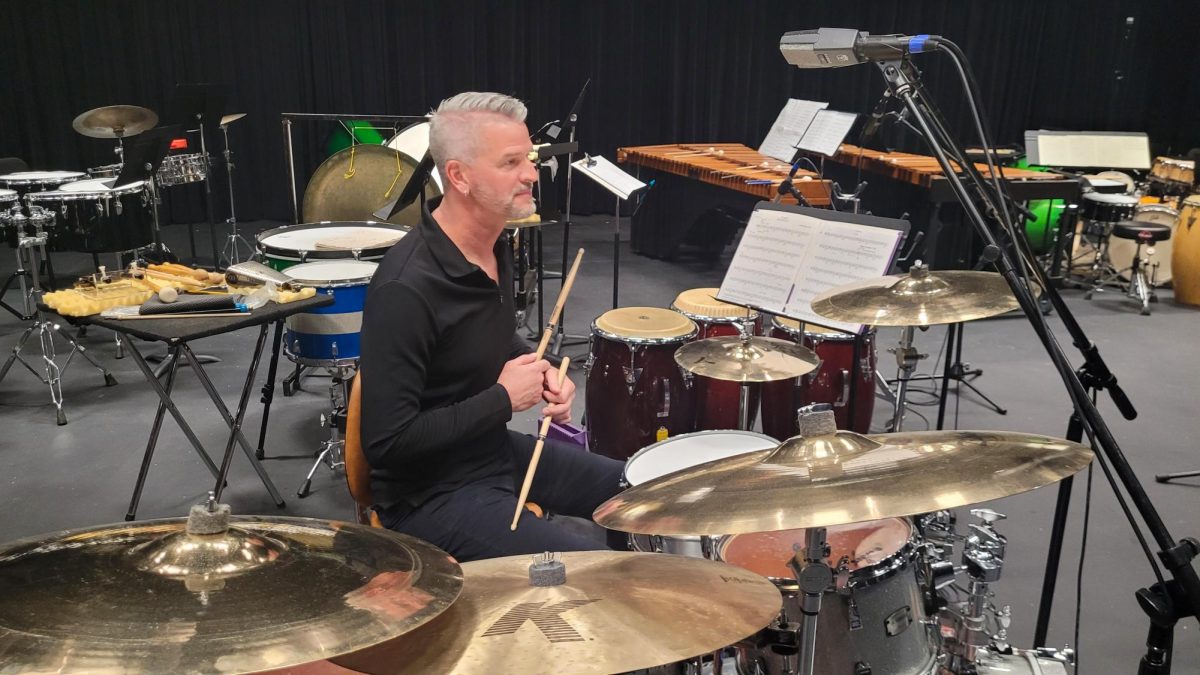
![The Weeklings lead guitarist John Merjave [Left] and guitarist Bob Burger [Right] perform "I Am the Walrus" at The Weeklings Beatles Bash concert in the Dvorak Concert Hall on Saturday.](https://www.dailyeasternnews.com/wp-content/uploads/2025/03/WL_01_O-1200x900.jpg)
![The team listens as its captain Patience Cox [Number 25] lectures to them about what's appropriate to talk about through practice during "The Wolves" on Thursday, March 6, in the Black Box Theatre in the Doudna Fine Arts Center in Charleston, Ill.](https://www.dailyeasternnews.com/wp-content/uploads/2025/03/WolvesPre-12-1200x800.jpg)

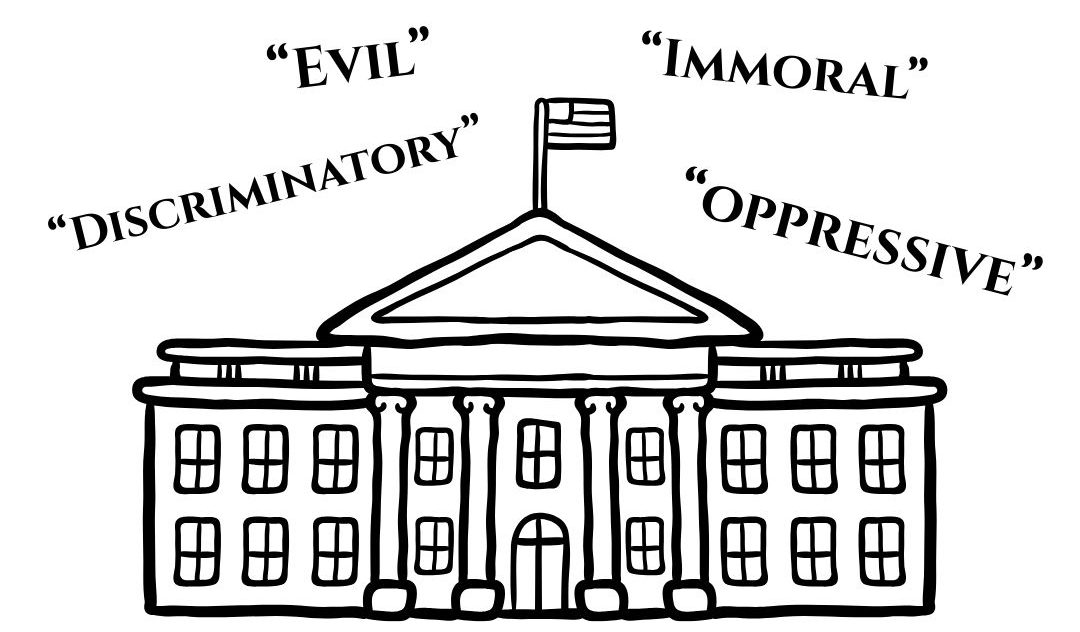












![[Thumbnail Edition] Eastern Illinois University President Jay Gatrell welcoming staff and faculty to the Spring 2025 Plan 2028 update in Doudna Fine Arts Center on March 26, 2025.](https://www.dailyeasternnews.com/wp-content/uploads/2025/03/P2028_01_O-1-e1743206673730-1200x560.jpg)
